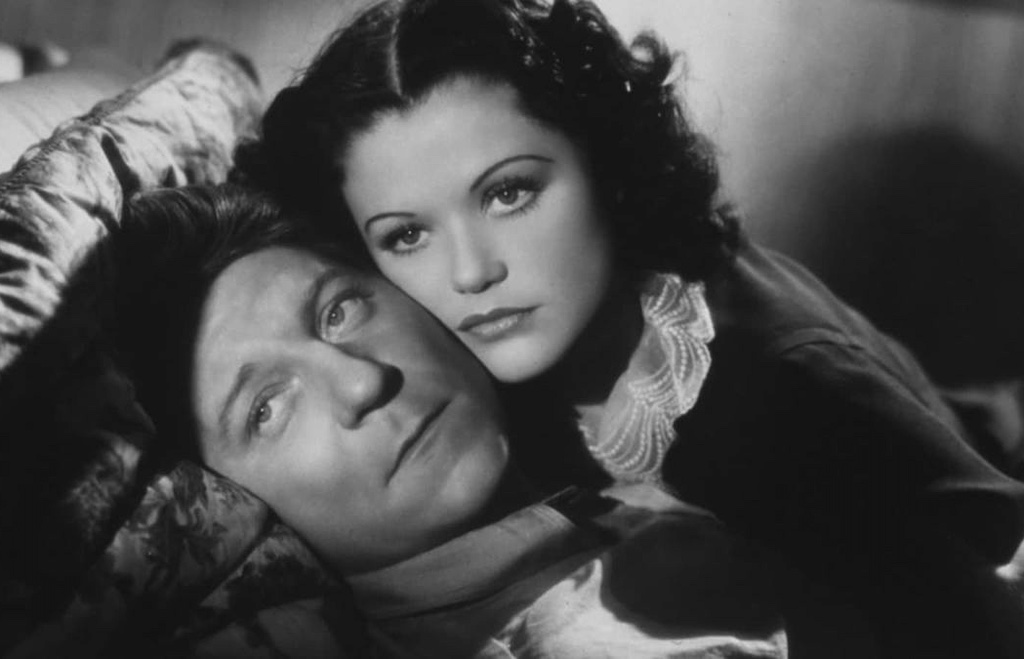There’s a wonderful new Criterion Channel series on French poetic realism, a short-lived but intense film movement of the 1930s that is extraordinarily timely right now. A bleak and brooding yet beautifully poignant film genre and a clear forerunner of film noir, poetic realism emerged at a moment of political crisis in France, during the crushing global Depression when surging left-wing power driven by the ascendance of the Popular Front was overtaken by the rise of fascism across Europe.
The French right hated poetic realism, with good reason. They recognized in the form all the stances and attitudes they despised, such as identifying with the working class and the suffering members of marginalized communities — sex workers, criminals, the jobless and homeless wandering destitute through the streets and gathering in cheap bars, grim tenement housing, seedy dancehalls, and rowdy cafés.
And then there was the plain fact that poetic realist filmmakers, mostly communists and socialists, were actively involved in the Popular Front.
The most prominent figure among them, director Jean Renoir, identified strongly with the politics of the Popular Front, a coalition of socialist and communist parties that came to power in France in 1936–37 during the short-lived presidency of Léon Blum. Renoir was a dedicated participant in Popular Front activities, speaking at rallies and directing a documentary commissioned by the French Communist Party (PCF) called La Vie est à Nous (Life Belongs to Us, 1936).
Also in 1936, Renoir directed what’s considered the best example of Popular Front filmmaking, The Crime of Monsieur Lange, which overlaps with poetic realism and is included in the Criterion series. It’s a film celebrating the creation of a…
Auteur: Eileen Jones

